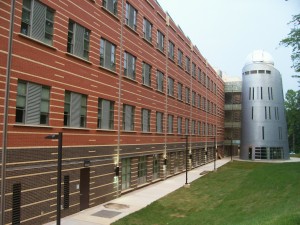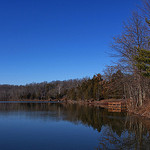Key information for official sites with agreements:
- Camp High Road is open unless specified on Camp High Road specific page
- C.M. Crockett is open only during periods specified on the Crockett specific page
- Meadowkirk observing requires explicit permission. See Meadowkirk page for details
- Sky Meadows State Park is open for vetted volunteers only unless posted on the Sky Meadows specific page
- Spruce Knob Mountain Center: See site specific page or contact site coordinator for availability
Great Meadows is open all the time except the closed dates listed on the member calendar.
See the Great Meadows Page for information about the site.
Contact the NOVAC Site Coordinator for reservations – full information can be found on the Spruce Knob member info page.
see http://cantonbecker.com/retrograde for details…

Our meetings on the second Sunday of the month, online.
Our meetings web page, has additional details.
We look forward to seeing you on Sunday evenings!
A superstar event for 2019: Elusive Mercury, one of the most difficult planets to view, will be out in broad daylight—literally! Look through a telescope equipped with a suitable solar filter and you’ll be able to view tiny Mercury transit across the surface of the Sun. This rare celestial event will be visible throughout much of the world, but observers along the eastern coasts of the Americas will get the best view.

